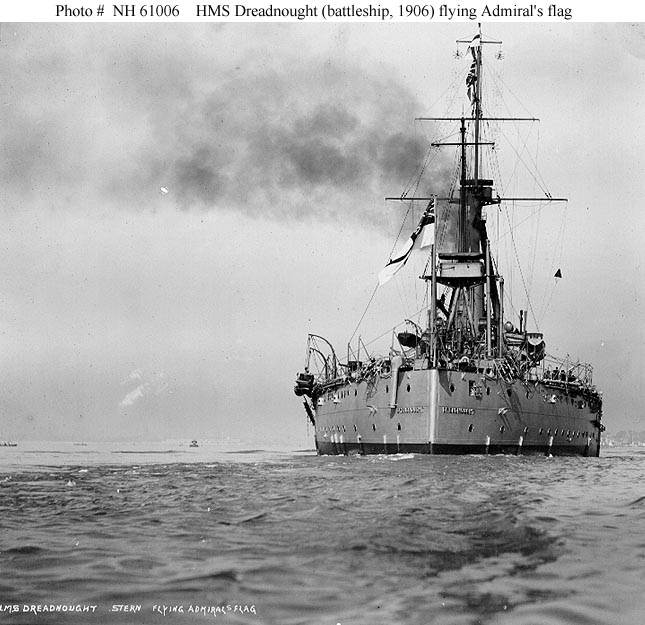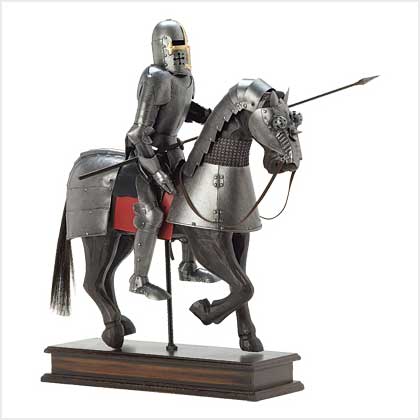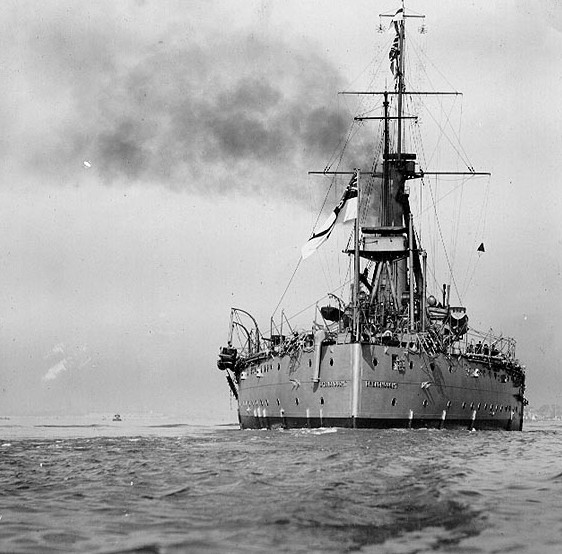
Technology and war can be compared to Mr. Hyde, for those familiar with the book, “Strange Case of Dr. Jekyll and Mr. Hyde,” authored by Robert Louis Stevenson and published in 1886. In this story Dr. Henry Jekyll, a kind, considerate physician and researcher turns into Mr. Hyde when he invents an elixir to free his inhibitions. Hyde is a monster who soon becomes a killer. In the end Jekyll commits suicide because he no longer can control the evil that manifests itself in him as Hyde. Metaphorically, Hyde represents war while Jekyll is peace. Does that mean we create the seeds of war while inventing destructive technologies during times of peace? No, because so much of our modern technology is war derived. In future blogs on this subject we will cover the following:
- What Biomedical Advances Owe to War
- What Transportation Owes to War
- What Computers and Artificial Intelligence Owe to War
- What Space Science Owes to War
- What Nuclear Technology Owes to War
- What Communication Owes to War
- What Materials Science Owes to War
- What Civil Engineering Owes to War
But today we will put war and technology in historical context. Technological innovation has often served our dark side very well. From our ability to fashion stone tools we derived arrow heads and spears to serve us both for hunting animals as well as humans. When we discovered how to smelt metals stone was replaced by copper and bronze and finally iron. The invention of the wheel for mobility soon led to its derivative, the chariot, the tank of its day and a real game changer in ancient geopolitics. The chariot as a technology, some historians believe, created an arms race among the ancient kingdoms of Southwest Asia and North Africa, very similar to the late 19th century naval race between Germany and Great Britain, and the mid-twentieth century nuclear arms race between the United States and the Soviet Union.
The stirrup led to an arms race for horse-mounted soldiers in the medieval world. The stirrup gave the rider both the full use of all the weaponry he carried but also the force to deliver deadly blows. Horse-mounted armor-clad soldiers bearing the cross wreaked havoc on the armies of Islamic rulers in the Middle East in the 11th century leading to the establishment of the short-lived Crusader kingdoms. Short-lived because technological innovation soon spread to the other side eliminating the short-term advantage temporarily held by the victor.

We have seen similar technological innovation in the 20th century where innovation has given one side a temporary advantage over the other. Here are a few examples:
From Battleships to Rockets in the 20th Century
In the early part of the 20th century Great Britain developed a new type of naval battleship, an ironclad with multiple batteries of heavy guns capable of firing rounds of explosive shells at enemy ships barely visible above the horizon. The first of these was HMS Dreadnought, launched in 1906. This ship’s arrival led to an arms race with Germany and in World War One, a confrontation at the Battle of Jutland in which both countries found themselves stalemated with no technology advantage to allow one to defeat the other.

What bested battleships? Air power. From Kitty Hawk, North Carolina, to the aircraft and aircraft carriers of the Second World War, a dramatic shift occurred in warfare at sea. Battleships were incapable of dealing with an assault from the air. The German battleship, Bismark was permanently disabled by a single torpedo plane. The HMS Prince of Wales and Repulse, succumbed to Japanese bombers in the Singapore Straits. Instead of battleships navies built aircraft carriers. The greatest battles of the Second World War in the Pacific used airplanes equipped with bombs and torpedoes rather than long guns and explosive shells to wreak havoc on the enemy.
Advances in airframe and engine technology in the 20th century has been very much a product of warfare. So too has the airplane’s successor, the missile, owed its evolution as a technology for military purposes. From the German V2 rocket to the SpaceX Falcon Heavy, the Russian Proton and NASA’s Deep Space Transportation System, our quest to build technology to conquer the high ground of space has come about because of a military objective to hurl ever increasingly destructive bombs at adversaries.

From meteorology to telecommunications we have benefited from the legacy of war. Radar to detect incoming aircraft has evolved into Doppler and Lidar technologies that allow us to track storms and do remote sensing of the Earth. Through global positioning satellites we can locate ourselves anywhere on the globe with incredible accuracy. We heat our homes using power that comes from the legacy of the Atom Bomb. We talk on mobile telephones driven by the evolution of radio frequency technology. We heat our food using microwave technology, an outcome of military research into new defensive weapon systems. And I’m typing away on a microcomputer system that owes its roots to the evolution of a technology born in war as a means to decrypt enemy ciphers.
Today the military is at the forefront of the technological innovation happening within many countries. This institutionalization of military technological innovation is a departure from the past. Where pure science and curiosity led to invention that often got used for military purposes – think the wheel for example, today invention is funded to meet military requirements and commercial application is secondary.
President Eisenhower was the first to speak of the perils of a growing military-industrial complex in the United States in the 1950s. And we today, both to our benefit and at our peril, are wedded to this marriage that leads to innovation based so much on military requirements. After all isn’t that what DARPA is all about? What a sad indictment of humanity here in the first part of the 21st century.








